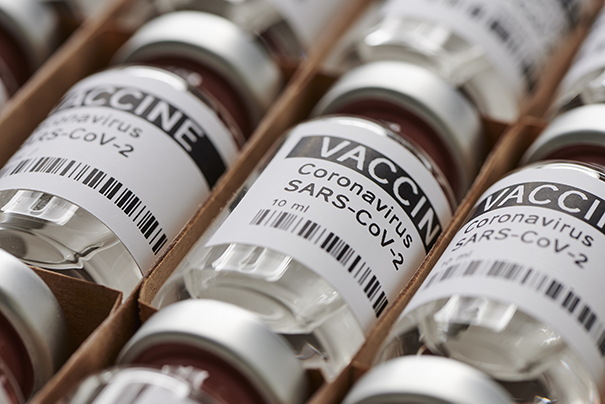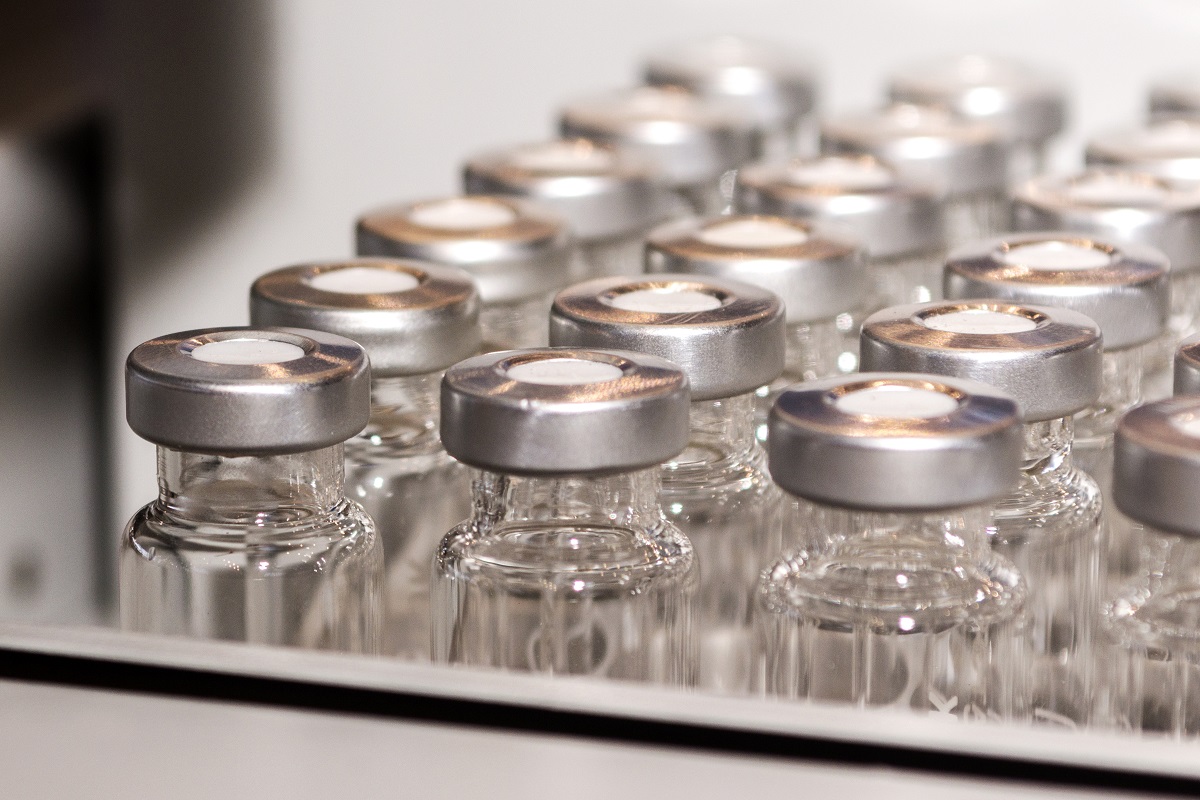Recommended
Yesterday, Pfizer/BNTech issued a press release on the status of their COVID-19 vaccine candidate that is encouraging. However, in addition to the three concerns specific to resource-constrained settings that my colleague Rachel Silverman shared yesterday, cheering is probably not (yet) in order in wealthier countries either.
No real data available in the public domain
What does a vaccine being “90 percent effective” mean? Does the vaccine moderate flu-like symptoms? Or does it prevent hospitalisations, ICU admissions, and perhaps even deaths? Does it prevent transmission? How long will its protective effect last? With fewer than 100 participants across the intervention and control arms, no data on safety yet, and no peer review, caution is in order.
Learn from the remdesivir debacle
The recent experience with remdesivir is telling. It was hailed as the only available cure and priced way above what the health benefit early trial results suggested it conferred. The excitement surrounding remdesivir meant it secured expedited approval across high-income countries (the EU settled on an undisclosed price deal one week before the trial showing that it did not work was published) and triggered calls for compulsory licensing in low- and middle-income countries (LMIC) and beyond, whilst its price soared in India’s black market. All before it had been proven to work. And then it was definitively shown not to work…(Gilead is contesting the results of the WHO trial and not conceding defeat—yet.)
For all our sakes, let’s hope Pfizer’s product will not meet the same fate. However, we must question the communication tactics here. Why–when so much is at stake, when taxpayers around the world have committed so much money at risk (including for the Pfizer product through advance purchase commitments)–is the first early trial data that has been released through investors’ fora and earnings meetings?
What happens in high-income countries has implications for the rest of the world
Now, as ever, the way the Global North behaves will impact access in LMICs. If Pfizer is granted Emergency Use Authorization (and the FDA allows it to “unblind” the trial, which is not unlikely given the enthusiasm for a vaccine), it’s possible that Pfizer may begin vaccinating individuals in the control (placebo) arm. That would raise a risk that other vaccines in development have to switch to “non-inferiority trials” to show that theirs are not less effective than the Pfizer vaccine (if this happens, there is also a risk we never find out definitively exactly what the Pfizer vaccine does and does not do based on randomized trials, the best means of establishing effectiveness). As a result, we may end up with suboptimal products for LMICs (and indeed high-income countries) if a 90 percent effective (whatever this means) product dominates the global market, with the trade-offs in terms of the practicalities of transportation, for instance, not weighing high enough in the thinking of regulators in high-income countries. (Remember, the Pfizer vaccine must be kept at ultra-cold temperatures throughout its journey from manufacturing site to administration site—conditions that make it impractical in many parts of the world.)
Where does this leave the WHO prequalification process? Assuming trials of other products continue and report, can WHO prequalification approve without non-inferiority, especially for products easier to transport across Africa (including Chinese candidates such as CoronaVac, which could remain stable for months in room temperature)? Will Gavi/CEPI get behind these products, particularly given that Pfizer’s vaccine is not in the COVAX portfolio? And given how under-resourced the COVAX Facility is, will countries be allowed to use World Bank monies to buy prequalified products that have not been licenced by the US Food and Drug Administration, the European Medicines Agency, or other stringent regulatory authorities? The World Bank’s announced approval of $12 billion for the purchase and distribution of COVID vaccines, tests, and treatments suggests otherwise, making things much harder for Gavi/COVAX even for products with WHO prequalification. Will WHO rise to the occasion and support effective country-led authorization and approval processes, as our Thai colleagues called for recently?
Keep the pressure on for a high-effectiveness vaccine
We will be launching our vaccine portfolio calculator soon with an event on November 23rd (watch this space!) and we’ll continue the discussions on the nuances of manufacturing capacity and diversification. The battle is far from over.
Update: You can try out the COVID-19 Vaccine Predictor here: covid19-predictions.org.
Let’s keep the discussion going; let’s keep the pressure on; let’s not cheer just yet.
Disclaimer
CGD blog posts reflect the views of the authors, drawing on prior research and experience in their areas of expertise. CGD is a nonpartisan, independent organization and does not take institutional positions.
Image credit for social media/web: M.Rode-Foto/Adobe Stock







